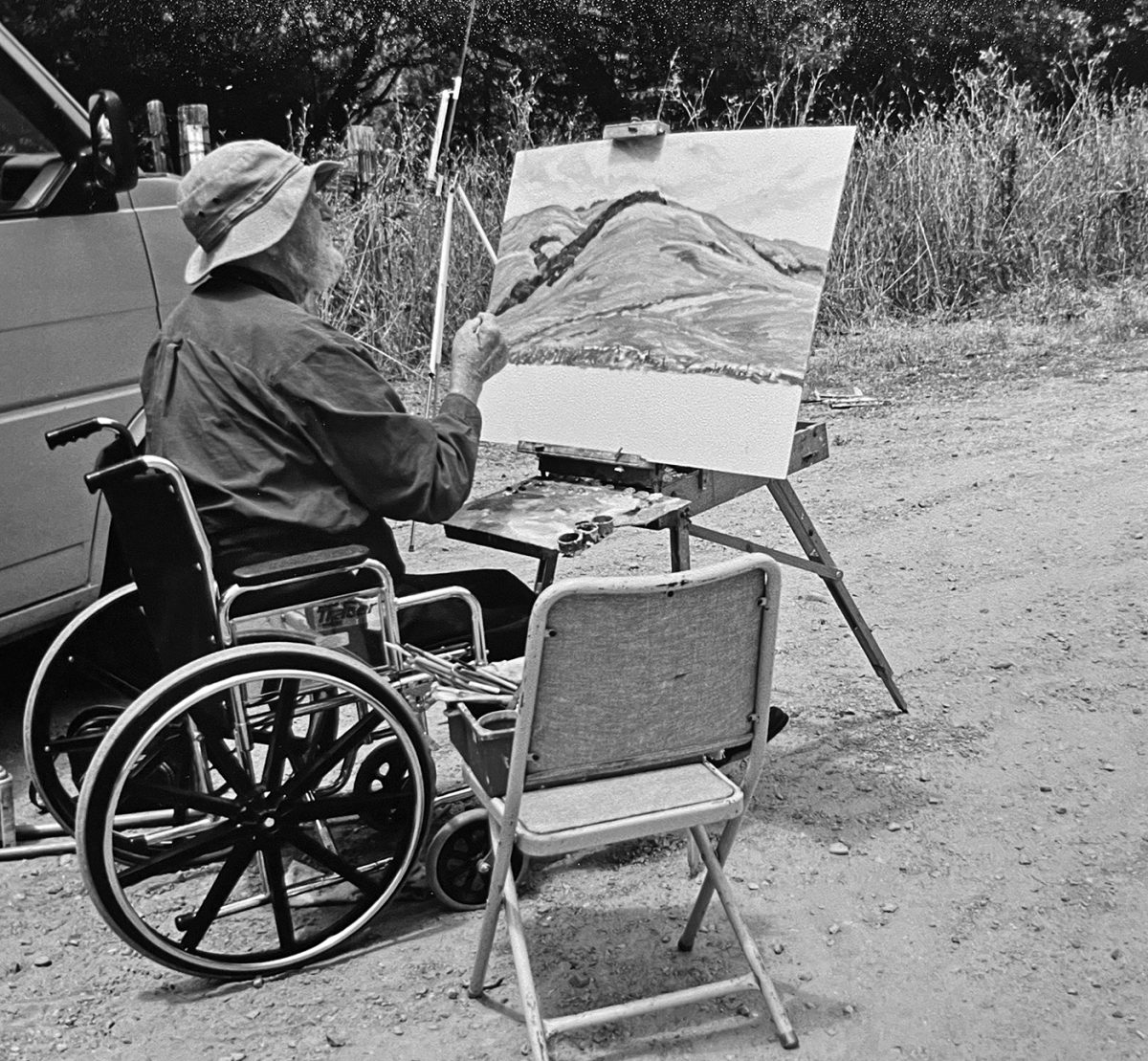Ray Stanford Strong (1905–2006) was a notable California landscape artist with ties to West Marin, and to Inverness in particular. His 1934 oil painting . . .
The painter Ray Strong in West Marin


Ray Stanford Strong (1905–2006) was a notable California landscape artist with ties to West Marin, and to Inverness in particular. His 1934 oil painting . . .